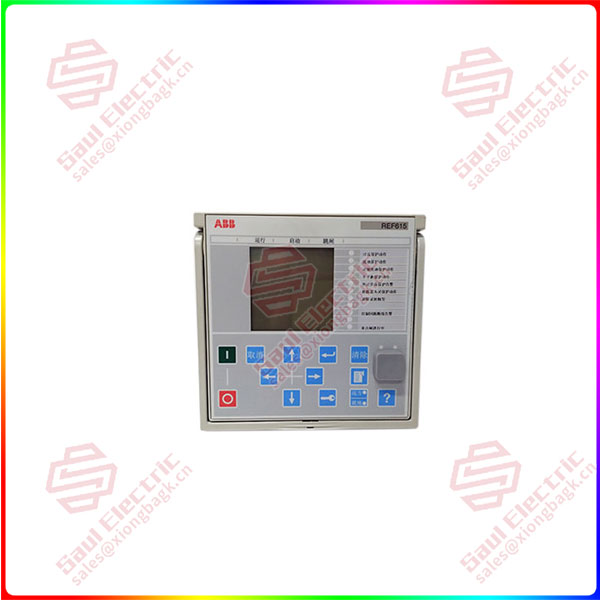Industrial and domestic scenes landing
A concrete landing scene of a humanoid robot during the World Robot Congress. It was also the subject of intense discussion among the participants.
Zhou Jian, founder of Youbi Technology, said in an interview with a 21st Century Economic reporter at the forum that in the future, humanoid robots have two ideal landing scenes: “The first is the application of manufacturing scenes.” We see that all the industrial robot arms on the current automobile production line still need hundreds of thousands of workers on the production line to operate, and humanoid robots are expected to replace them. Secondly, humanoid robots are also suitable for ergonomic tasks in the living environment, such as’ accompanying, working, learning and living ‘.”
And this means that the future of humanoid robots is bound to “generalize”, so why in the case of some standardized robots, the industry still needs universal robots?
“It’s a matter of technology moving towards a more forward-looking, universal approach, where the industry wants to have a robot that can complete all tasks after birth.” Rather than developing a specific robot for every job, the current universal humanoid robot form is generally accepted as the best form.” An industry insider explained to reporters at the scene.
However, it is worth noting that in the current key node where hardware and software technologies are moving to a new level, humanoid robot technology actually faces many bottlenecks.

REF615-D
Yu Chao, head of the Pursuit of Science and Technology Research Institute, pointed out in an interview with the 21st Century Business Herald reporter that a recognized fact of the humanoid robot industry is that the industry must first cross the “three mountains” to move forward, that is, the technical difficulty is high, the manufacturing cost is high, and the commercialization is difficult.
Chen Jianyu, assistant professor of Cross Information Research Institute of Tsinghua University and founder of Star Movement Era, said at the scene that for hardware, the industry hopes that the robot will take into account power, speed, accuracy and cost at the same time, but all technologies can not take into account these at the same time, such as hydraulic technology speed and strength are very strong, but it is too expensive.
The high deceleration ratio harmonic technology may have higher precision, but its dexterity is reduced. Although the new transition period technology is relatively low cost, it sacrifices load and accuracy, so there is no one that can take into account all the cases to our satisfaction.
In terms of software, Chen Jianyu said that the industry is still unable to take into account its generalization and control task operation ingenuity, “control algorithms and strong learning algorithms, we can do more accurate control, but this is basically still a task corresponding to a model or a special algorithm, it is difficult to generalize.”
In his view, what the industry can do now is to choose different technical routes for different application scenarios to carry out the next balance.
 1 Year Warranty
1 Year Warranty




